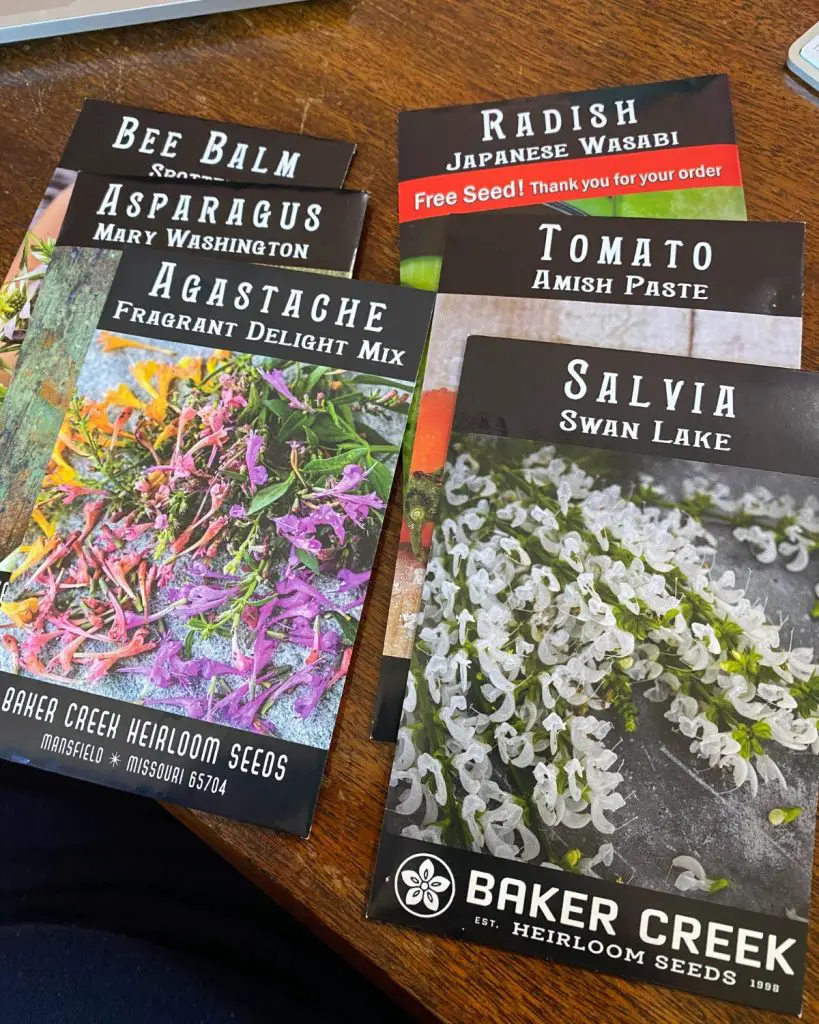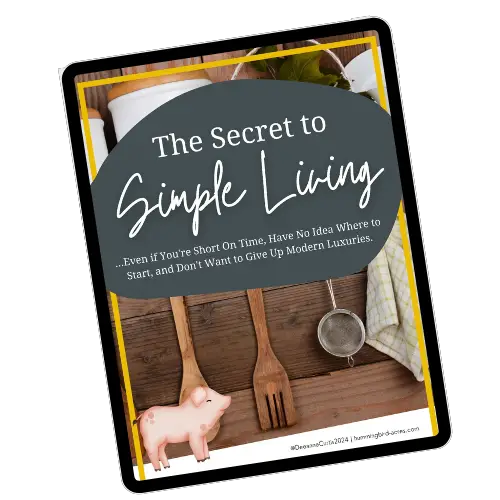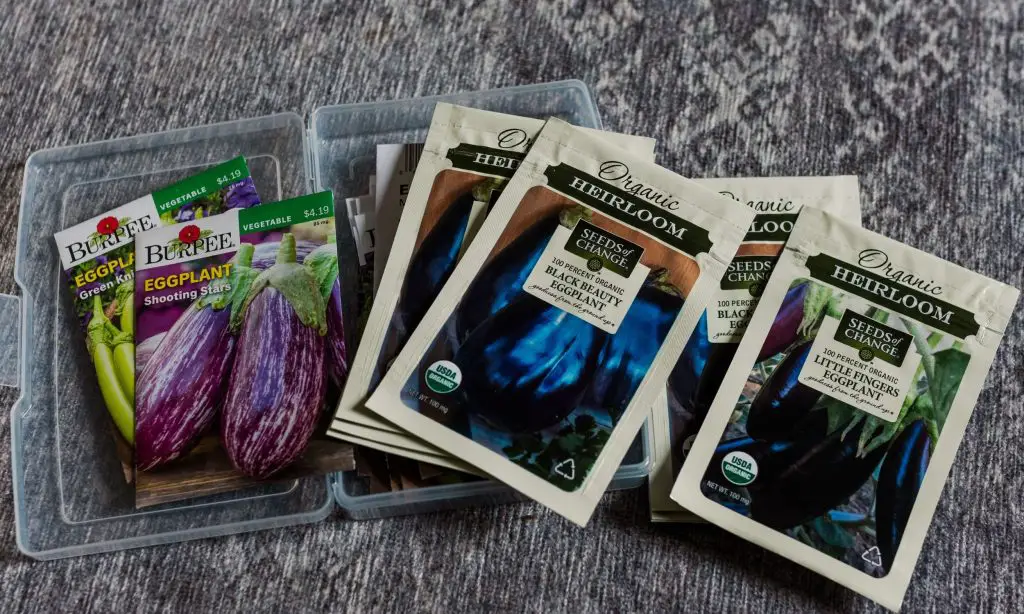Seeds Storage: Tips for Long-Term Preservation
Seed storage is an essential aspect of gardening, particularly for those who want to save seeds for future planting. Proper storage can help extend the lifespan of seeds, ensuring they remain viable for several years. Factors such as temperature, humidity, and light exposure can all affect the quality of stored seeds, making it crucial to store them in optimal conditions.
Seeds can be stored in a variety of containers, including paper envelopes, glass jars, and plastic bags. The choice of container depends on the type of seed and the storage conditions. For instance, paper envelopes are suitable for storing dry seeds in low humidity environments, while plastic bags are ideal for storing seeds that require high humidity levels. Glass jars, on the other hand, provide an airtight seal, protecting seeds from moisture and pests. Whatever container is used, it should be labeled with the seed type and the date of storage to ensure proper organization and tracking.
Disclosure: As an Amazon affiliate, I earn from qualifying purchases at no extra cost to you. My blog contains other affiliate links as well for your convenience. To learn more, you may read my Disclosure Policy. Thank you for supporting my blog!
Why Seed Storage is Important
Seed storage is a crucial aspect of plant breeding and farming. It involves preserving the quality and viability of seeds over extended periods, ensuring that they can be used for future planting. Proper seed storage is essential for several reasons, including:
Seed Viability
Seed viability refers to the ability of a seed to germinate and grow into a healthy plant. The viability of seeds decreases over time, and if not stored correctly, the seeds may lose their ability to germinate altogether. Proper seed storage can help maintain seed viability, ensuring that the seeds remain viable for future use.

Factors Affecting Seed Viability
Several factors can affect seed viability, including temperature, humidity, moisture, pests, and light exposure. High temperatures and humidity can reduce seed viability, while moisture can cause the seeds to rot or develop mold. Pests can also damage seeds, reducing their viability, while exposure to light can cause premature aging and reduce germination rates.
Proper seed storage can help mitigate these factors, ensuring that the seeds remain viable for longer periods. The ideal storage temperature for most seeds is between 35-40°F, with a relative humidity of less than 40%. Most refrigerators hold a temperature of around 35-40°F, making them an ideal storage location for seeds.
In addition to preserving seed viability, proper seed storage can also help preserve genetic diversity, provide a reliable source of high-quality seeds, and increase crop yield. Overall, seed storage is a crucial aspect of plant breeding and farming, and proper storage practices should be followed to ensure that seeds remain viable and can be used for future planting.

Grab my free Guide
The Secret to Simple Living
… Even if you’re short on time, have no idea where to start, and don’t want to give up modern luxuries.
Enter your name & email so we can send your our FREE Guide.
Methods of Seed Storage
When it comes to storing seeds, there are several methods to choose from. Each method has its own advantages and disadvantages, and the best method for you will depend on the type of seed you are storing and how long you plan to store it. Here are some of the most common methods of seed storage:
Cold Storage
Cold storage is one of the most popular methods of seed storage. Seeds that are stored in a cool, dry place will remain viable for a longer period of time. The ideal temperature for storing seeds is between 32°F and 41°F (0°C and 5°C). Some common cold storage options include:
- Refrigerator: Store seeds in an airtight container or plastic baggies in the refrigerator. Be sure to label the container or bag with the type of seed and the date it was stored.
- Freezer: Place seeds in an airtight container or plastic baggies and store in the freezer. Keep in mind that some seeds may not survive freezing temperatures, so be sure to research the specific seed you are storing before placing it in the freezer.
Room Temperature Storage
Room temperature storage is another option for storing seeds. This method is best for short-term storage, as seeds stored at room temperature will not remain viable for as long as seeds stored in cold storage. Some common room temperature storage options include:
- Seed storage containers: These containers are specifically designed for seed storage and are available in a variety of sizes. They are airtight and will help to keep seeds dry and free from moisture.
- Mason jar: Place seeds in a clean, dry Mason jar and store in a cool, dry place. Be sure to label the jar with the type of seed and the date it was stored.
- Photo album: Place seeds in a clean, dry photo album and store in a cool, dry place. Be sure to label the album with the type of seed and the date it was stored.

Dry Storage
Dry storage is a method of seed storage that involves keeping seeds in a dry environment. This method is best for seeds that do not require cold storage and can be stored at room temperature. Some common dry storage options include:
- Seed storage boxes: These boxes are designed to keep seeds dry and free from moisture. They are available in a variety of sizes and are airtight.
- Plastic baggies: Place seeds in a clean, dry plastic baggie and store in a cool, dry place. Be sure to label the baggie with the type of seed and the date it was stored.
Moisture Control
Moisture control is an important factor to consider when storing seeds. Seeds that are exposed to moisture will not remain viable for as long as seeds that are kept dry. Some common moisture control options include:
- Silica gel: Place a packet of silica gel in the container or baggie with the seeds. Silica gel will help to absorb any moisture and keep the seeds dry.
- Airtight container: Use an airtight container to store seeds. This will help to keep the seeds dry and free from moisture.
- Basement or garage: Store seeds in a cool, dry place like a basement or garage. Be sure to keep them away from any sources of moisture.
Overall, the best method for storing seeds will depend on the type of seed you are storing and how long you plan to store it. By following these methods of seed storage, you can ensure that your seeds remain viable for as long as possible.

Get our
Garden Planner & Journal
Everything you need to start and maintain a successful garden. Take the guess work out of what to plant where and when to start your seeds.
Organizing and Labeling Seeds
Organizing and labeling seeds is an essential step for gardeners who want to save and store seeds for future use. Proper organization and labeling can help prevent confusion and ensure that seeds are stored correctly. This section will cover how to organize, label, and store seeds.
Organizing Seeds
Before organizing seeds, it is important to remove any debris or dried plant material from the seeds. This can be done by gently rubbing the seeds with a cloth or by using a fine mesh strainer. Once the seeds are clean, they can be organized by type, variety, or planting season.
To organize seeds, gardeners can use various containers such as plastic bags, envelopes, or seed storage boxes. Plastic bags and envelopes are affordable options that can be labeled with the seed type, variety, and planting season. Seed storage boxes are more durable and can be used to organize larger quantities of seeds.
Labeling Seeds
Labeling seeds is essential for keeping track of seed type, variety, and planting season. Labels can be made from various materials such as plastic, paper, or metal. Plastic labels are affordable and can be written on with a permanent marker. Paper labels are also affordable and can be printed with seed information. Metal labels are durable and can be reused year after year.
When labeling seeds, it is important to include the seed type, variety, and planting season. Labels should be placed in the container with the seeds and stored in a cool, dry place.

Storing Seeds
Storing seeds properly is essential for maintaining seed viability. Seeds should be stored in a cool, dry place, away from direct sunlight. Seed storage boxes or containers should be airtight to prevent moisture from getting in.
When storing seeds, it is important to keep track of the seed type, variety, and planting season. This can be done by labeling the container with the seed information or by keeping a seed inventory list.
In summary, organizing and labeling seeds is an important step for gardeners who want to save and store seeds for future use. By following these tips, gardeners can ensure that their seeds are properly organized, labeled, and stored for optimal seed viability.
You may also enjoy these related articles:
- Best Way to use Worm Compost Bins
- Beginner’s Guide to Gardening: Tips and Tricks for Starting Your Own Garden
- Growing in Landscape Mesh for a No Weed Garden
Did you enjoy this article? Want to hear more? Stay in touch! Sign up below to receive weekly tips and inspiration for your homestead.
